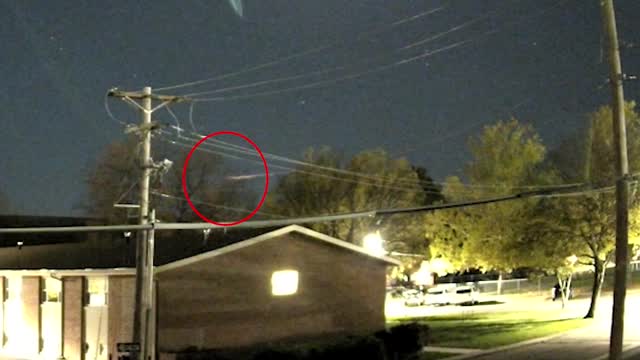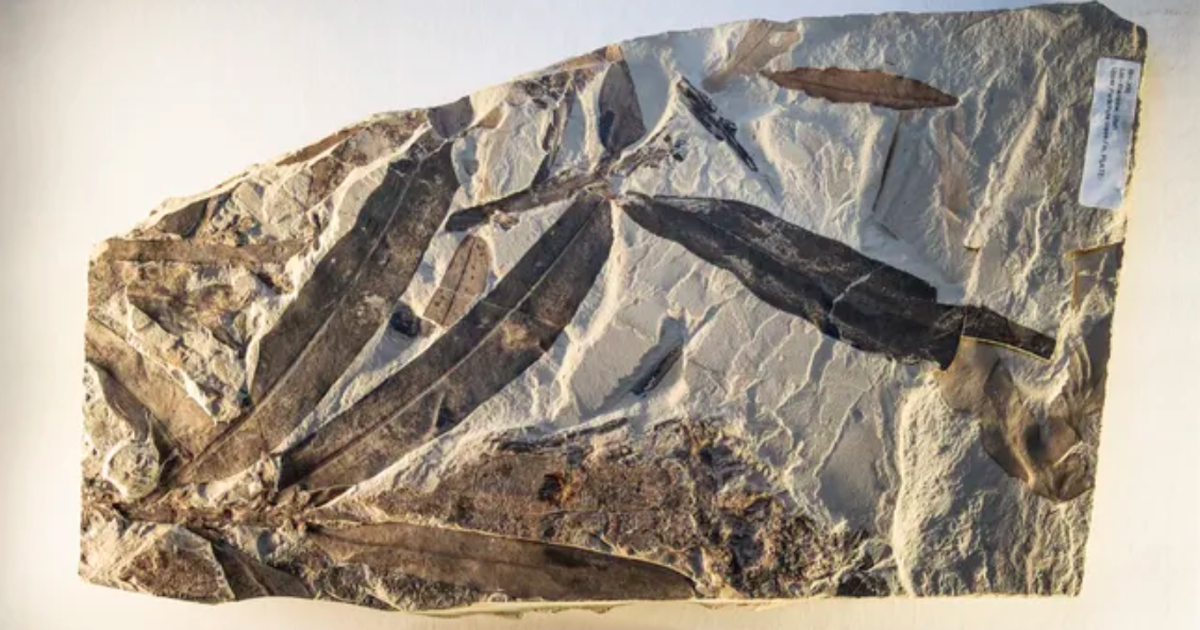A team of experts including Achrène Dyrek (Université de Paris), Michiel Min (SRON Space Research Institute Netherlands) and Leen Decin (Katholieke Universiteit Leuven, Belgium) used observations from the James Webb Space Telescope to study in detail the atmospheric composition of the exoplanet named WASP-107b.
On WASP-107b, experts found scorching temperatures, fierce winds and the burning smell of sulfur dioxide (SO2) much higher than expected, while methane was absent.
Previously, sulfur dioxide was detected on hot gas giant planets with an average temperature of 927 degrees Celsius, but surprisingly it appeared on WASP-107b with a lower temperature of only 427 degrees Celsius.

New research reveals an exoplanet with strange sand clouds in its atmosphere. (Image: Klaas Verpoest/Johan van Looveren/LUCA School of Arts/KU Leuven/PA)
The team also found clouds of silicate sand residing in the exoplanet’s turbulent atmosphere. From a distance, the sand clouds look like a layer of dust, but inside, many sand grains are moving chaotically around the atmosphere at high speeds of several kilometers per second.
WASP-107b is roughly the size of Jupiter, but has just 12% of Jupiter's total mass. It is about 200 light-years from Earth, and it takes the exoplanet just six days to orbit its host star, which is cooler and less massive than the Sun.
“The James Webb Space Telescope is revolutionizing the discovery of exciting features of exoplanets, providing unprecedented astronomical insights,” said lead author Leen Decin from Katholieke Universiteit Leuven in Belgium.
“The discovery of sand and sulfur dioxide clouds on the exoplanet WASP-107b is a milestone. It reshapes our understanding of the formation and evolution of exoplanets and sheds new light on similar objects in the Solar System,” he added.
HUYNH DUNG (Source: Space)
Source


![[Photo] Nhan Dan Newspaper announces the project "Love Vietnam so much"](https://vstatic.vietnam.vn/vietnam/resource/IMAGE/2025/4/17/362f882012d3432783fc92fab1b3e980)
![[Photo] National Assembly Chairman Tran Thanh Man meets with outstanding workers in the oil and gas industry](https://vstatic.vietnam.vn/vietnam/resource/IMAGE/2025/4/17/1d0de4026b75434ab34279624db7ee4a)

![[Photo] General Secretary To Lam receives French Ambassador to Vietnam Olivier Brochet](https://vstatic.vietnam.vn/vietnam/resource/IMAGE/2025/4/17/49224f0f12e84b66a73b17eb251f7278)
![[Photo] Closing of the 4th Summit of the Partnership for Green Growth and the Global Goals](https://vstatic.vietnam.vn/vietnam/resource/IMAGE/2025/4/17/c0a0df9852c84e58be0a8b939189c85a)
![[Photo] Promoting friendship, solidarity and cooperation between the armies and people of the two countries](https://vstatic.vietnam.vn/vietnam/resource/IMAGE/2025/4/17/0c4d087864f14092aed77252590b6bae)

























![[Photo] Welcoming ceremony for Chinese Defense Minister and delegation for friendship exchange](https://vstatic.vietnam.vn/vietnam/resource/IMAGE/2025/4/17/fadd533046594e5cacbb28de4c4d5655)




























![[Video] Viettel officially puts into operation the largest submarine optical cable line in Vietnam](https://vstatic.vietnam.vn/vietnam/resource/IMAGE/2025/4/17/f19008c6010c4a538cc422cb791ca0a1)






































Comment (0)